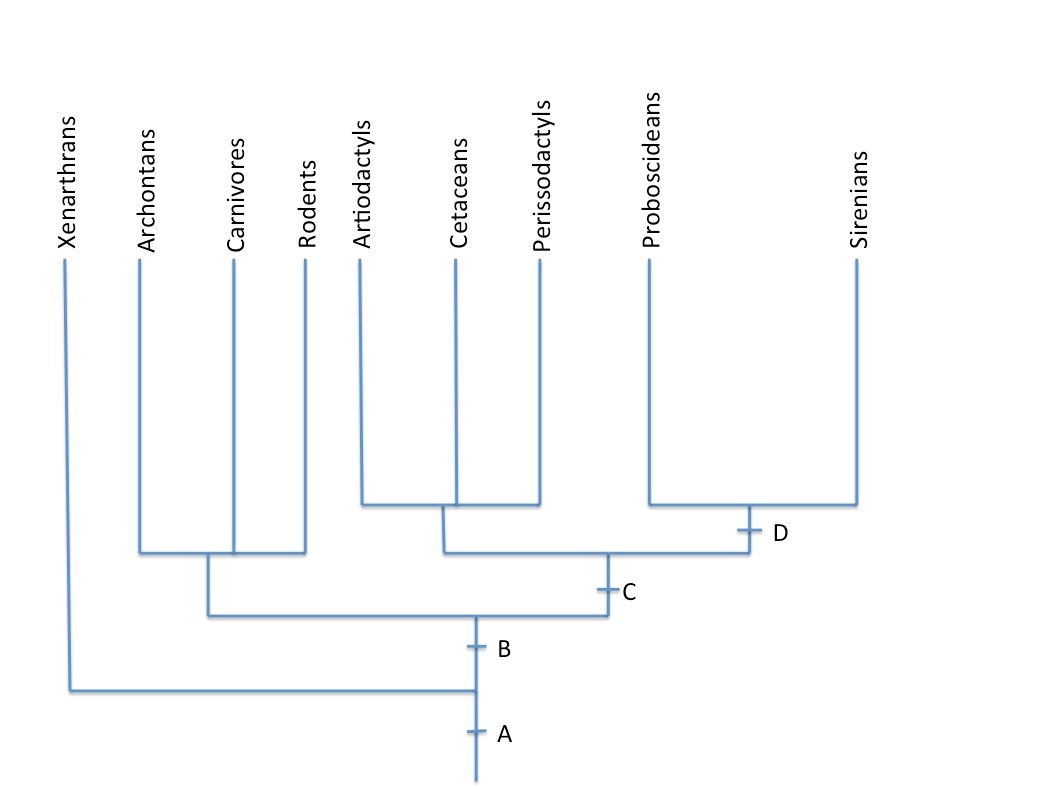Classification
Whale and dolphins in general are very interesting animals to classify because they are mammals that live out their entire lives in the ocean. Scientists believe that whales and dolphins evolved characteristics that allowed them to survive as mammals in the water from terrestrial mammal ancestors. Some of these adaptations include their blowhole and vestigial hind limbs. There blowhole is similar to land mammals' nostrils while their vestigial hind limbs have similar features to that of land mammals' hind limb bones. You can read even more about the evolution of whales and dolphins in the adaptation page.
© Matava Eco Resort Fiji and provided by Sea Fiji Travel
Kingdom: Animalia
Organisms within the kingdom, Animalia, are multicellular and have a nucleus. They also are heterotrophic (meaning that they need to get there nutrients from another source), and are able to move.
Phylum: Chordata
Organisms that are classified in the Chordata phylum have a notochord, pharyngeal gill slits, and tail at one point in their life. They also have three tissue layers (ectoderm, mesoderm, and endoderm).
Class: Mammalia
Mammals are organisms that produce milk, have hair, and are warm blooded. All mammals also have lungs and breathe air. Most mammals also give birth to live young.
Order: Cetacea
Mammals classified in the Cetacea order are whales and dolphins. Usually there is a dorsal fin present in these animals as well as a skull, blubber, and vestigial bone structures as seen in their hind limbs.
Family: Delphinidae
Whales and dolphins are classified into the Delphinidae family because they have slender, streamlined bodies, and breathe air through a blowhole. They also typically have a beak-like structure at the front of their face.
Genus: Globicephala
The genus name Globicephala literally means Pilot Whale. The adaptation page on this site contains a few key characteristics of this genus.
Species: melas
The species name melas means ‘long-finned’ which describes the length of the pilot whales’ fins.
Before people had knowledge about the evolution of whales, they were classified with the other organisms that lived in the ocean, such as fish and sharks. In 1778, a biologist named Carl Linnaeus recognized that whales were not fish, but really mammals (EcoKids 1994). The phylogenetic tree below shows how someone might have compiled a phylogenetic tree based on the information available about whales and dolphins before Linnaeus’ discovery.

This phylogenetic tree is based on information once whales and dolphins were classified as mammals. Part A on the phylogenetic tree is where the development of the placenta came about. At point B, the stirrup-shaped stapes bone in the middle ear evolved, while point C is where the evolution of the hoof occurred. Lastly, point D on the tree is where the morphological characteristic of the eye sockets being placed near the snout occurred.



